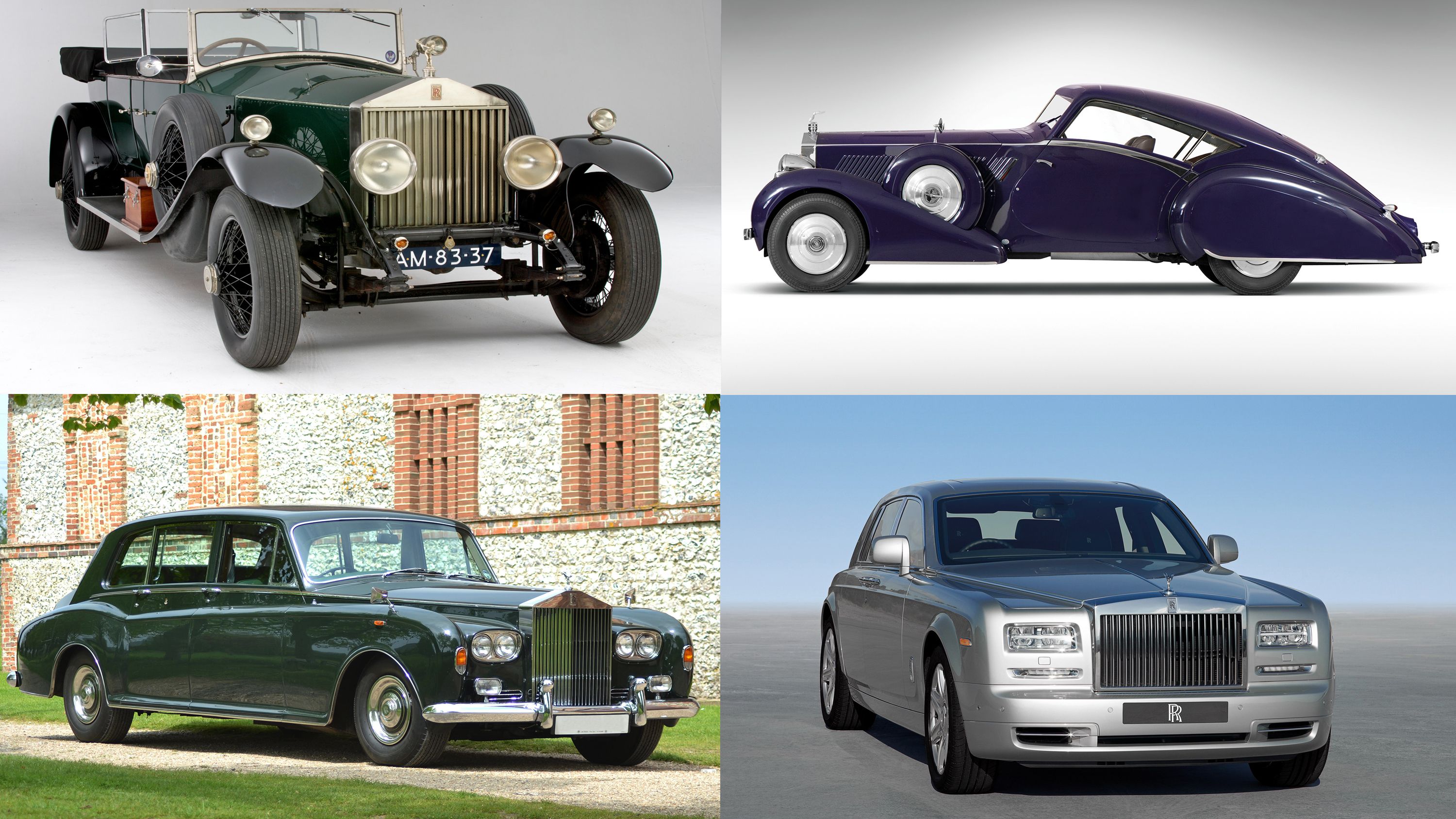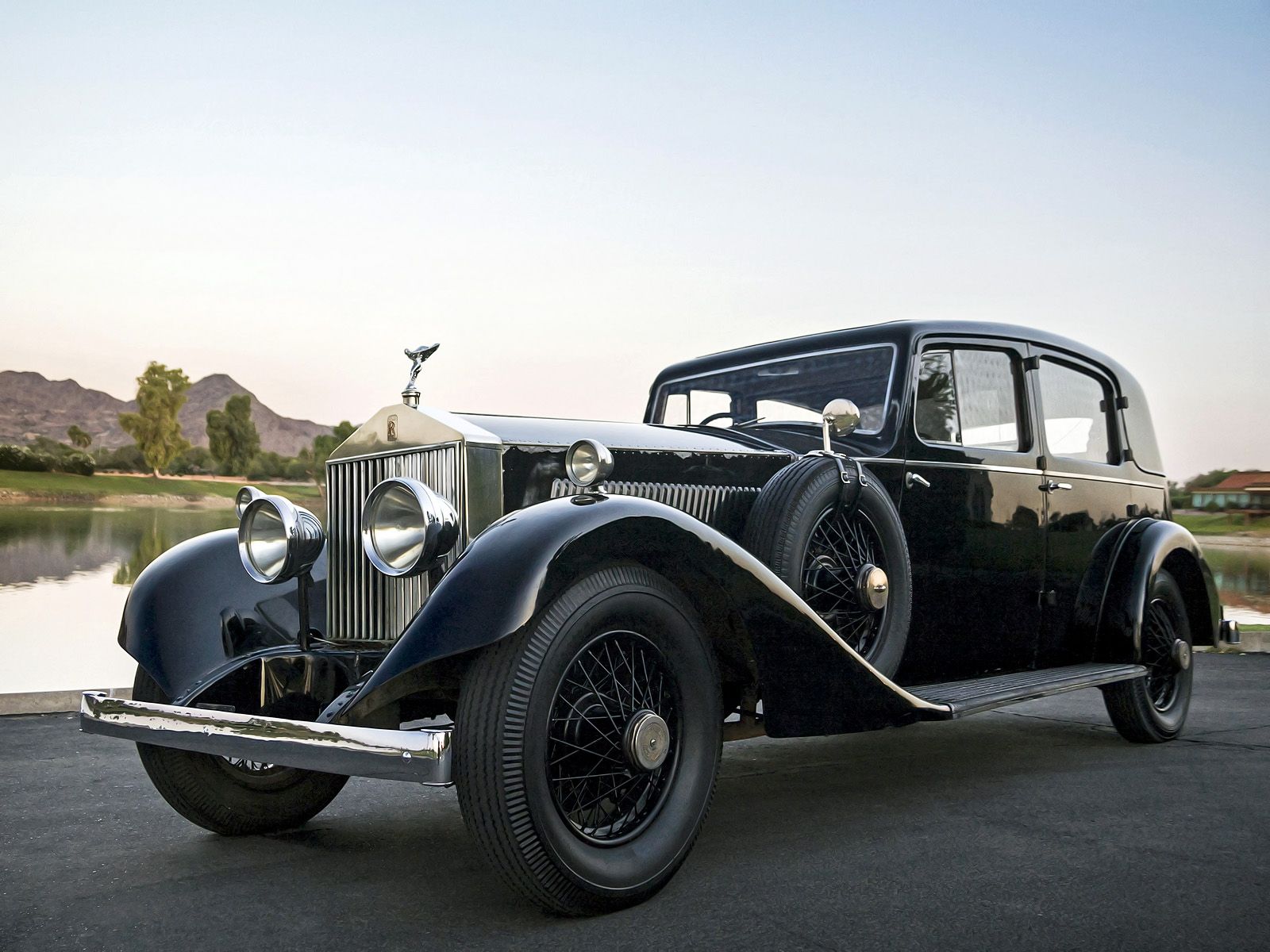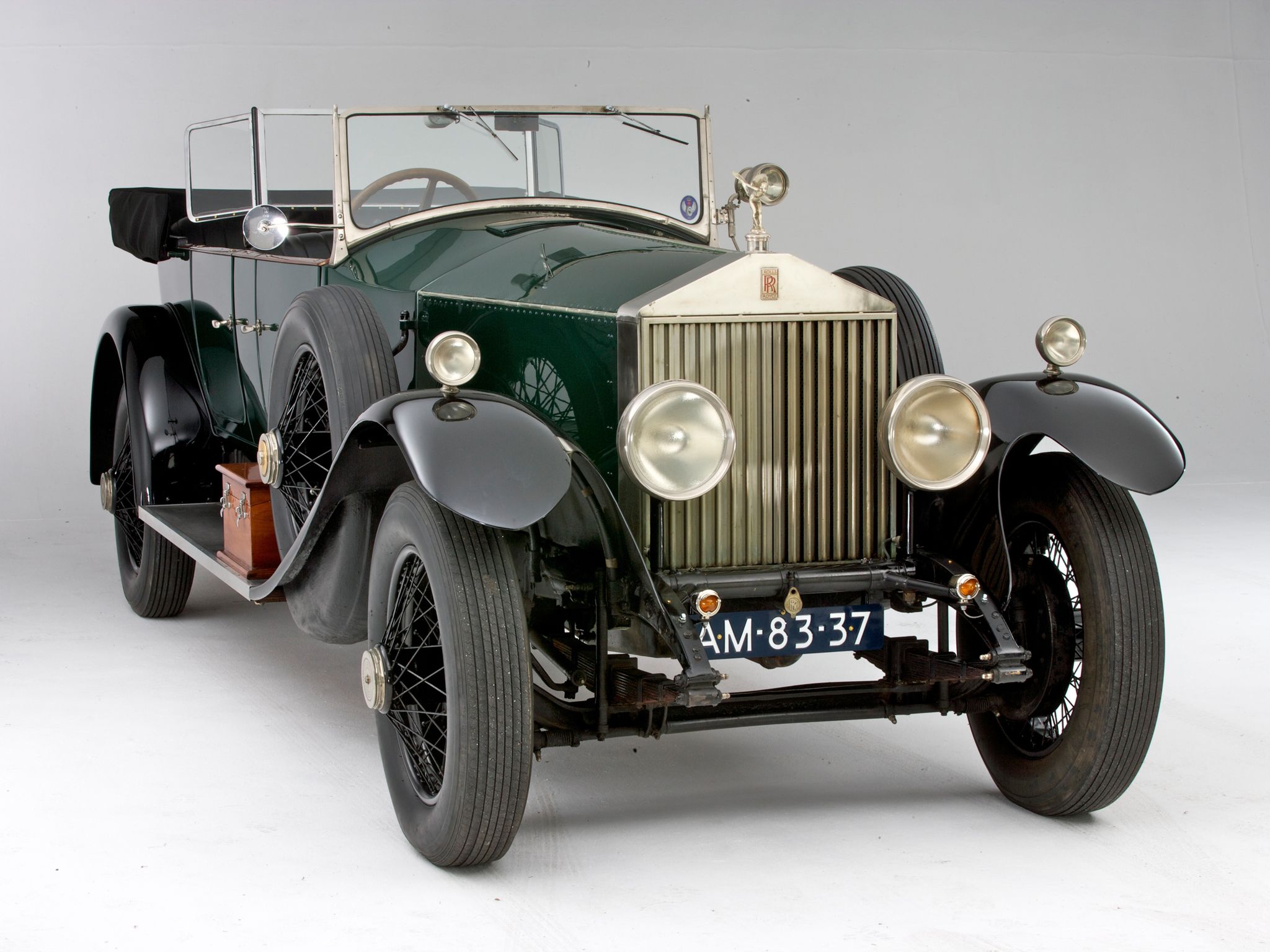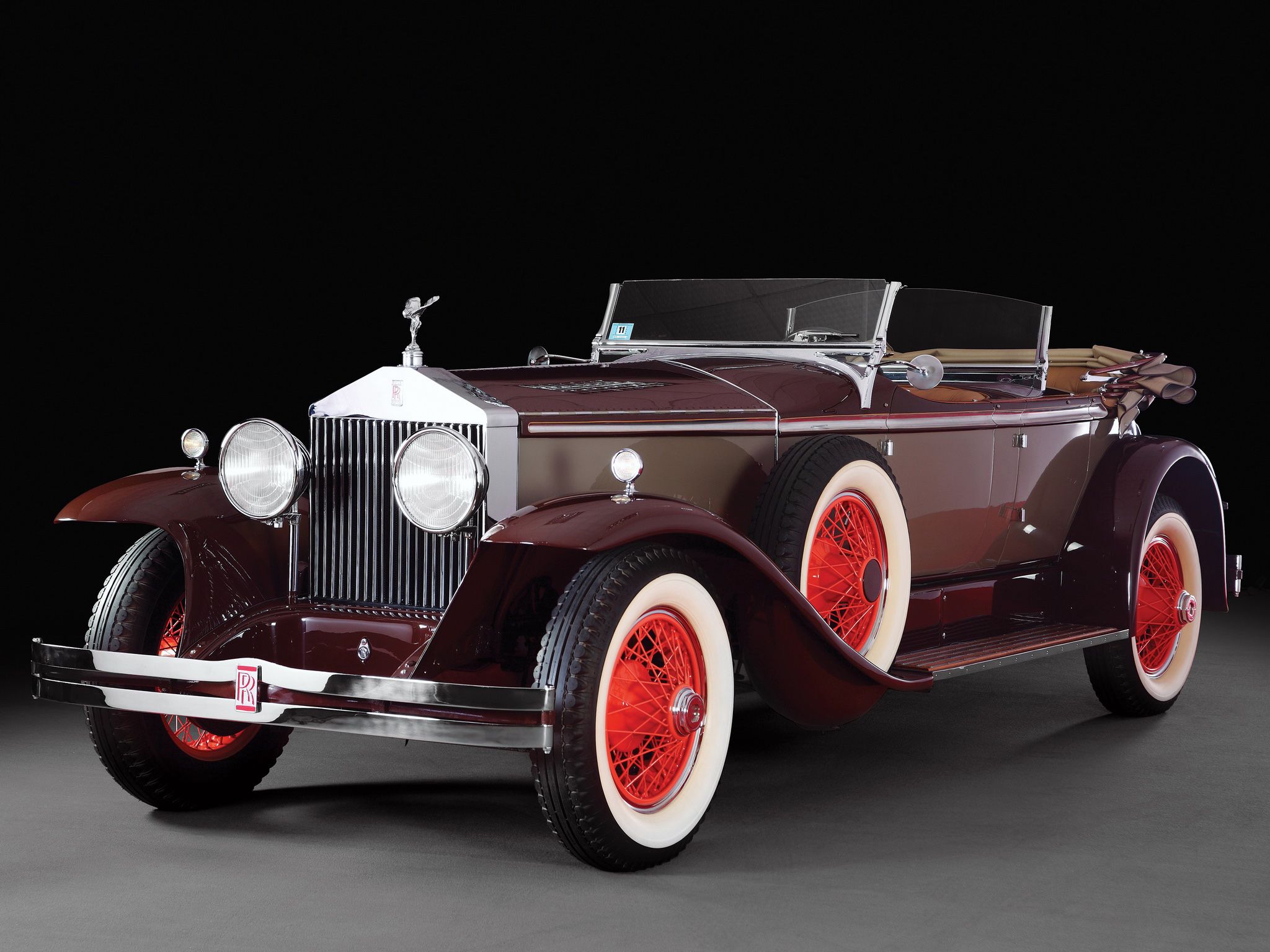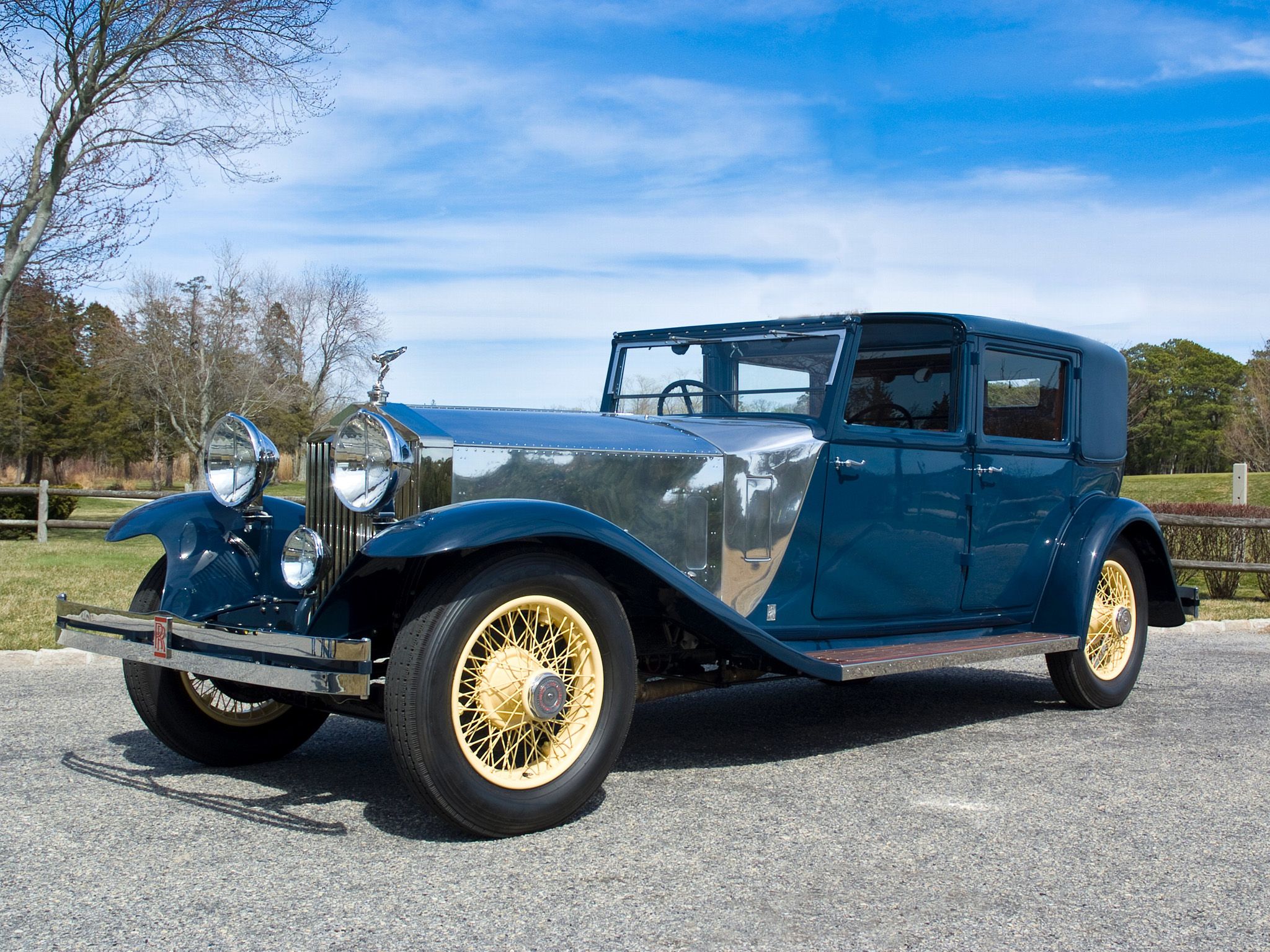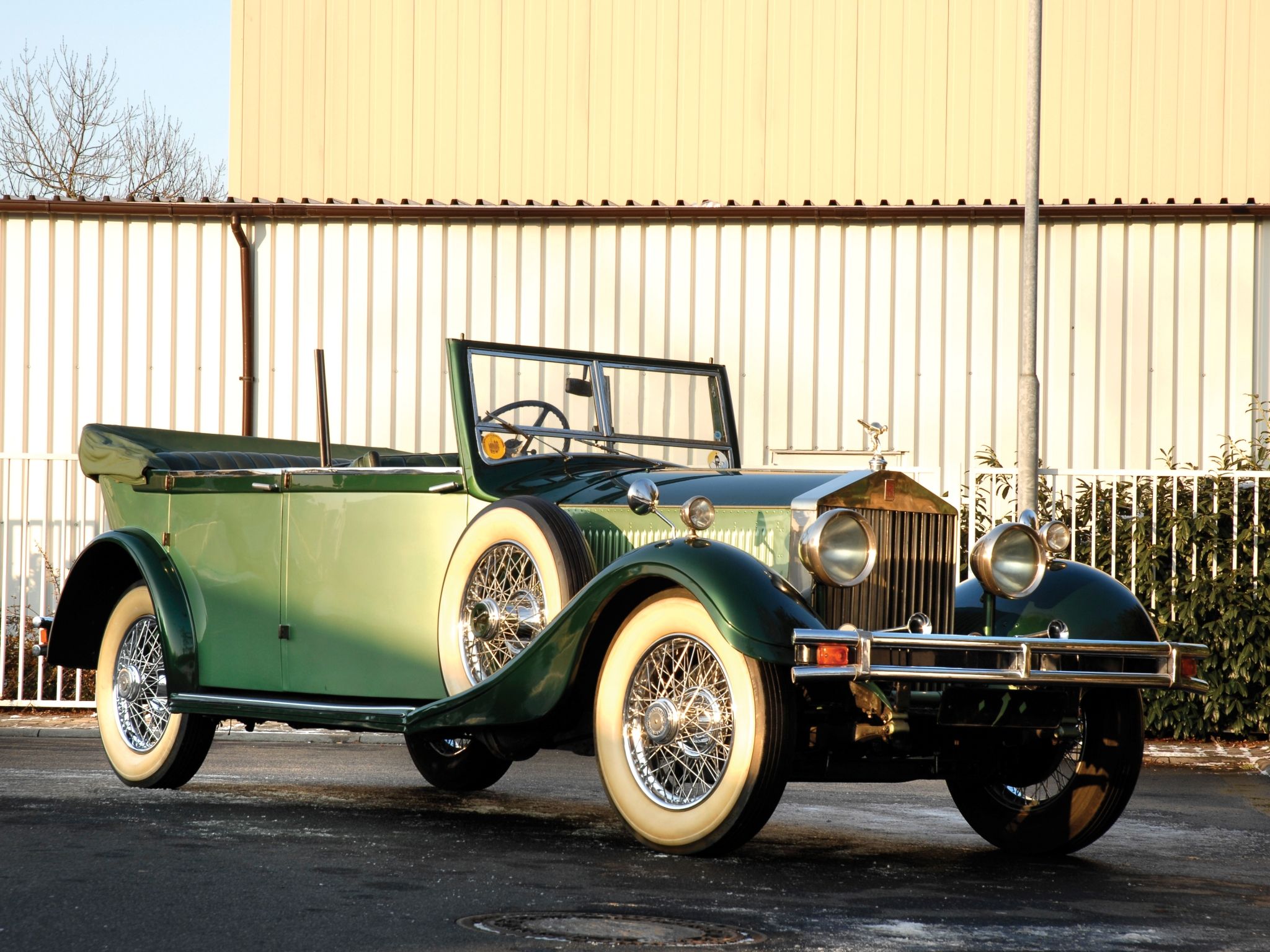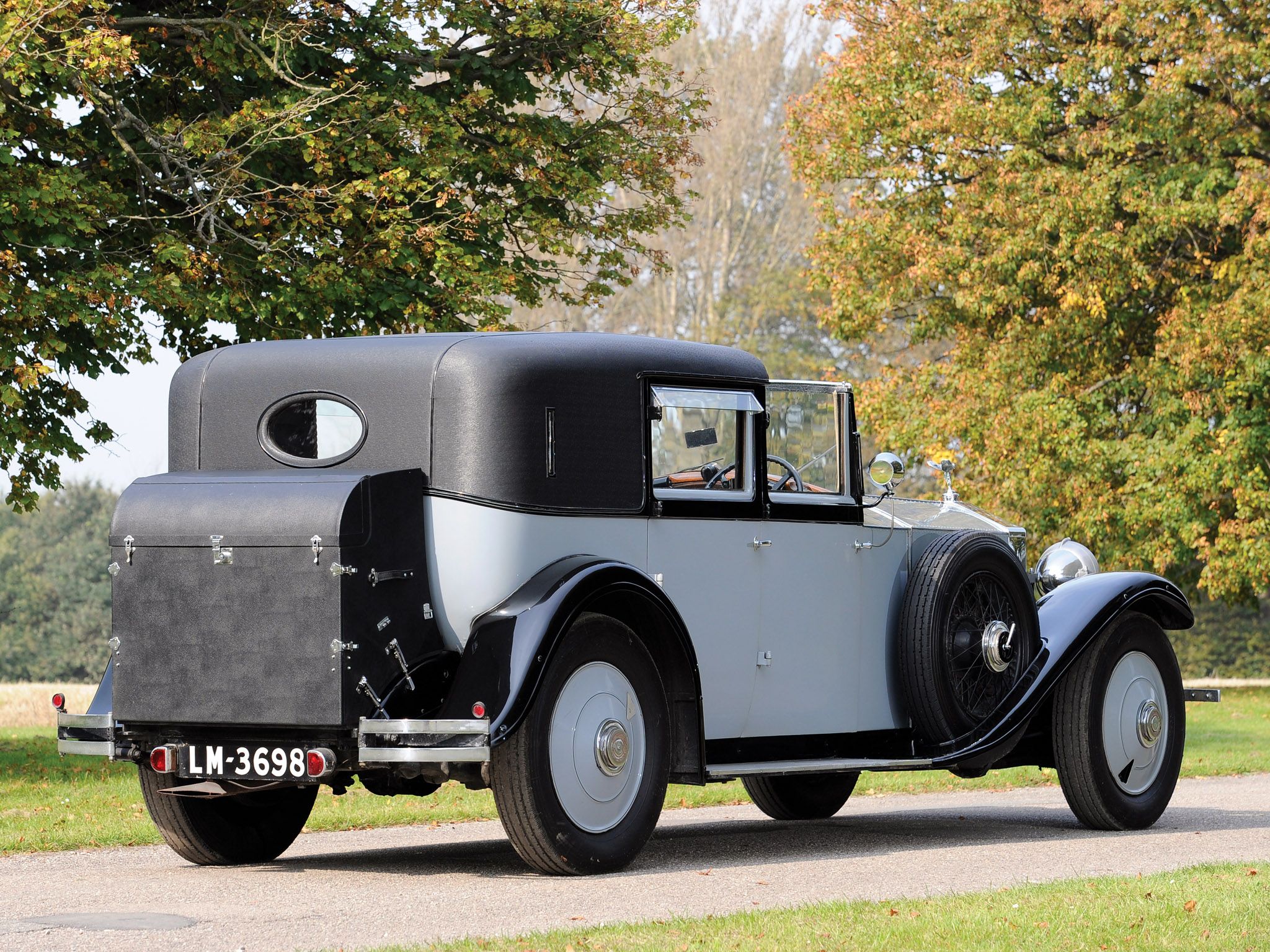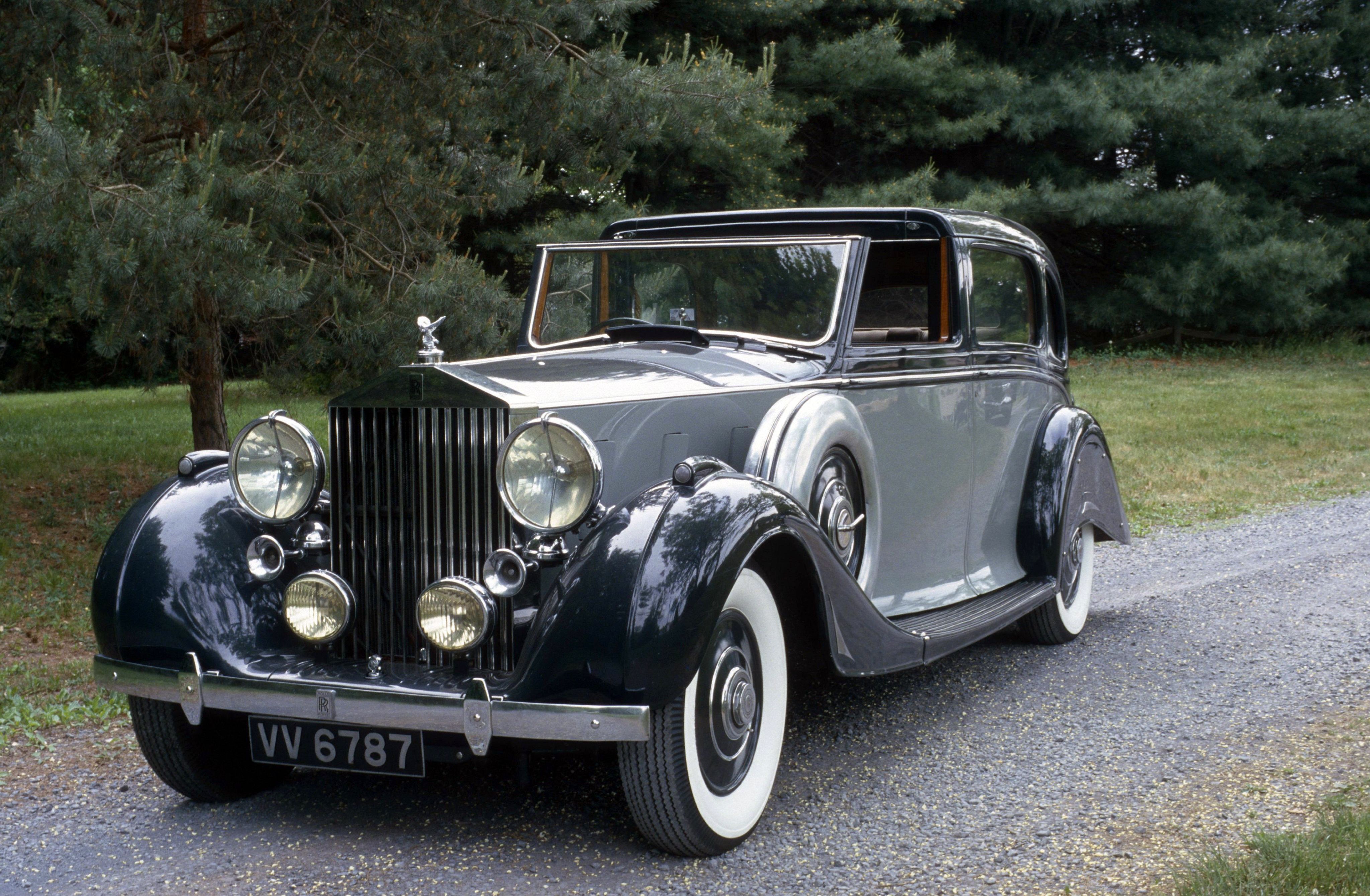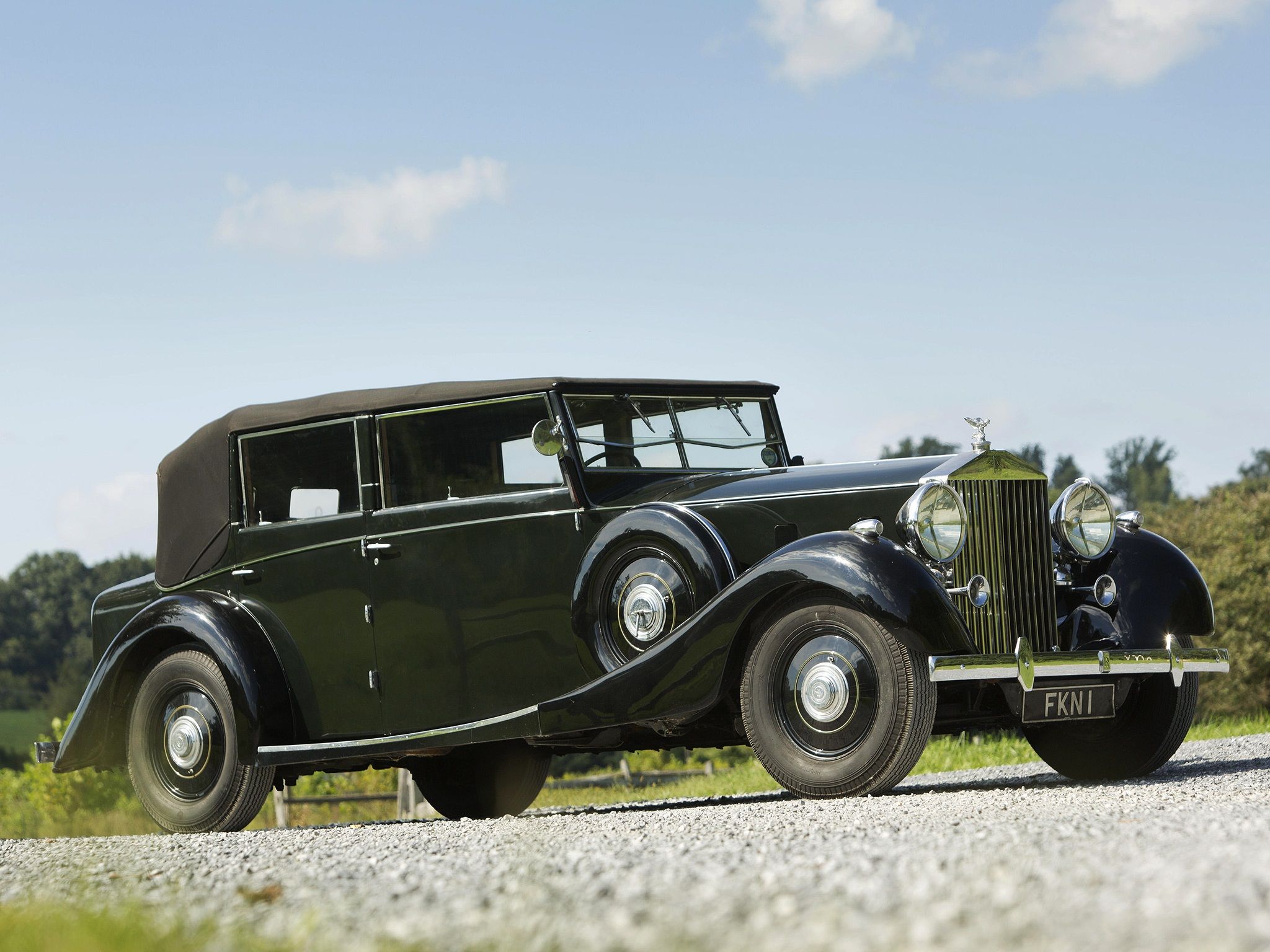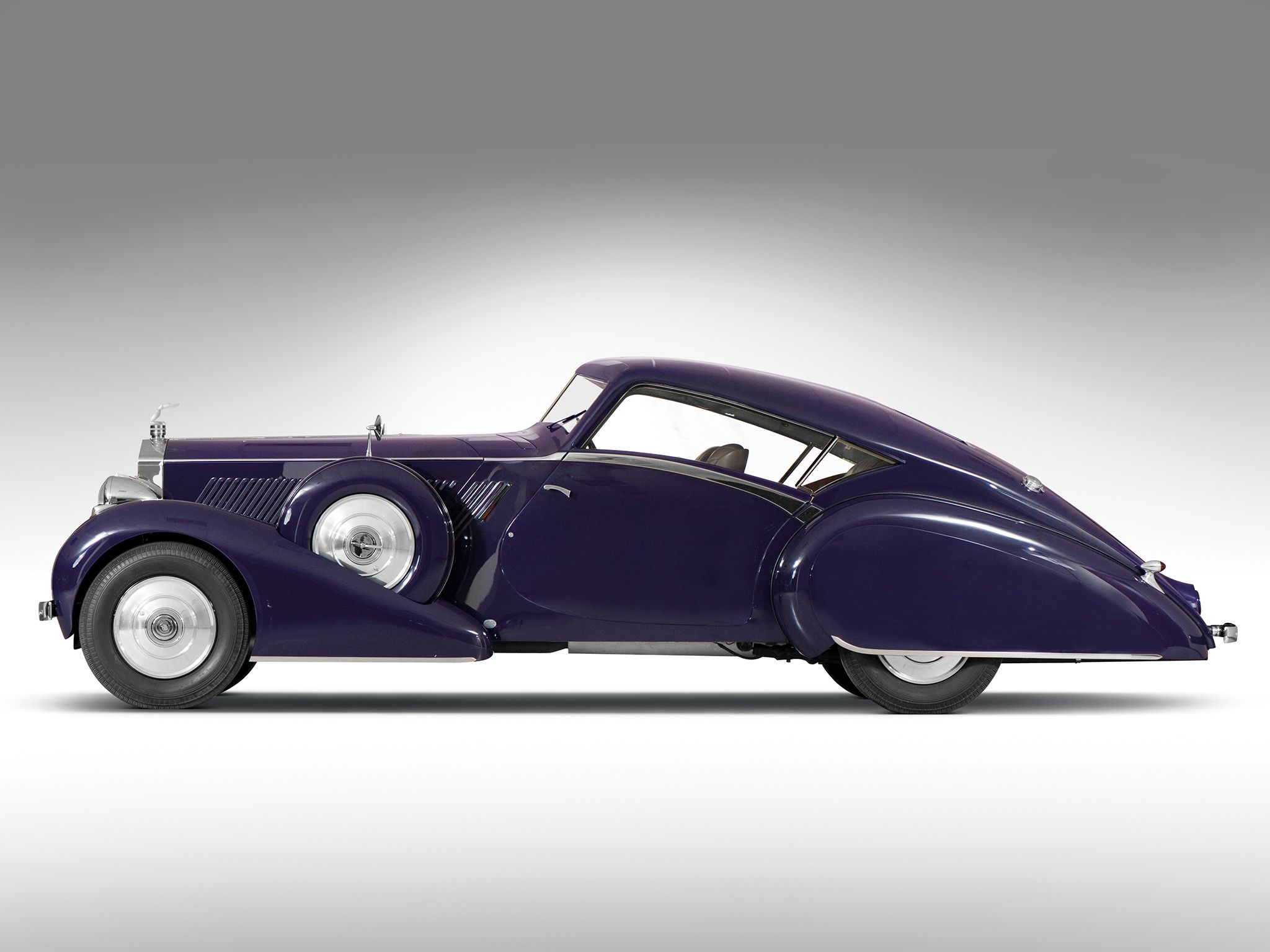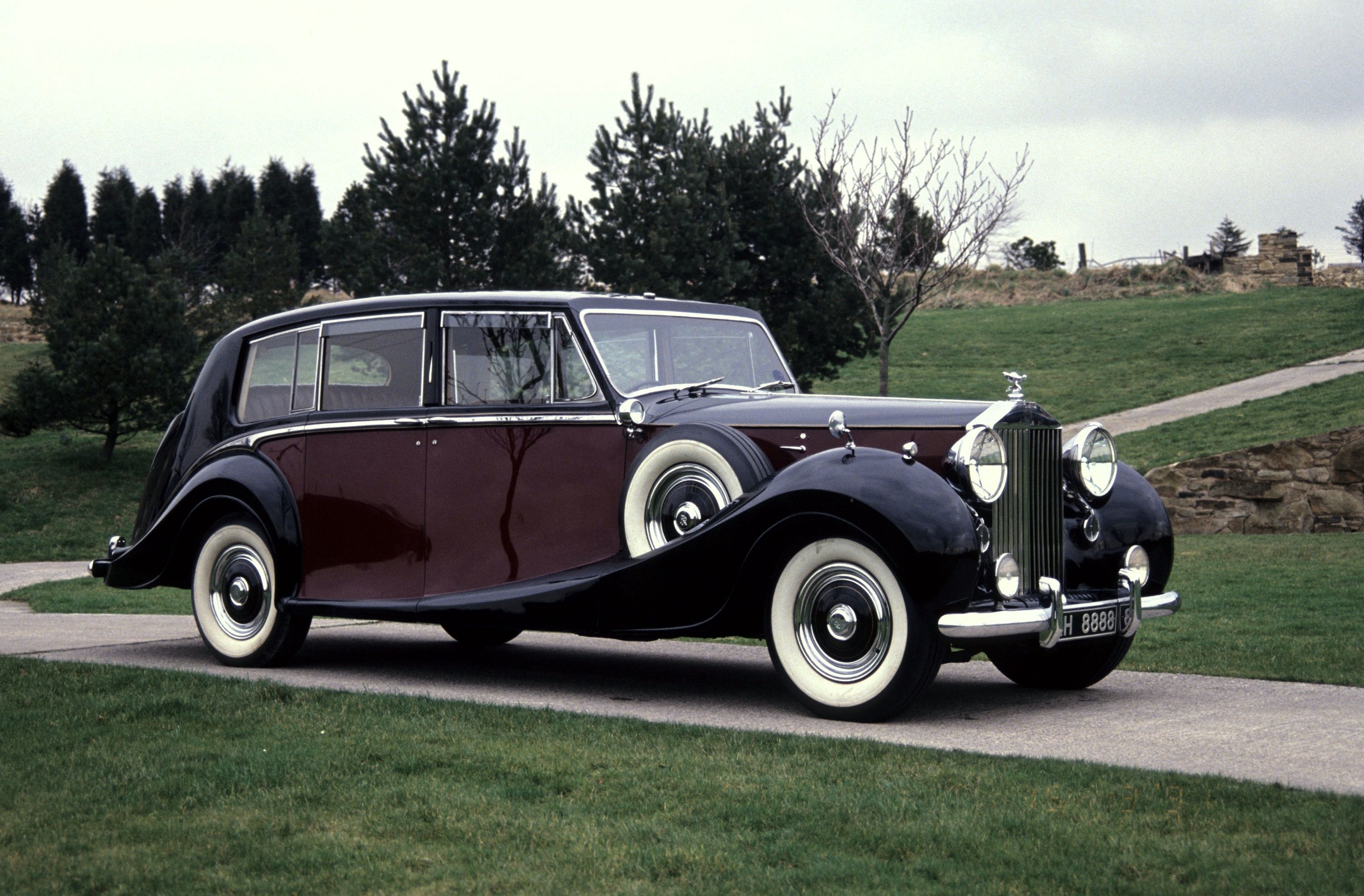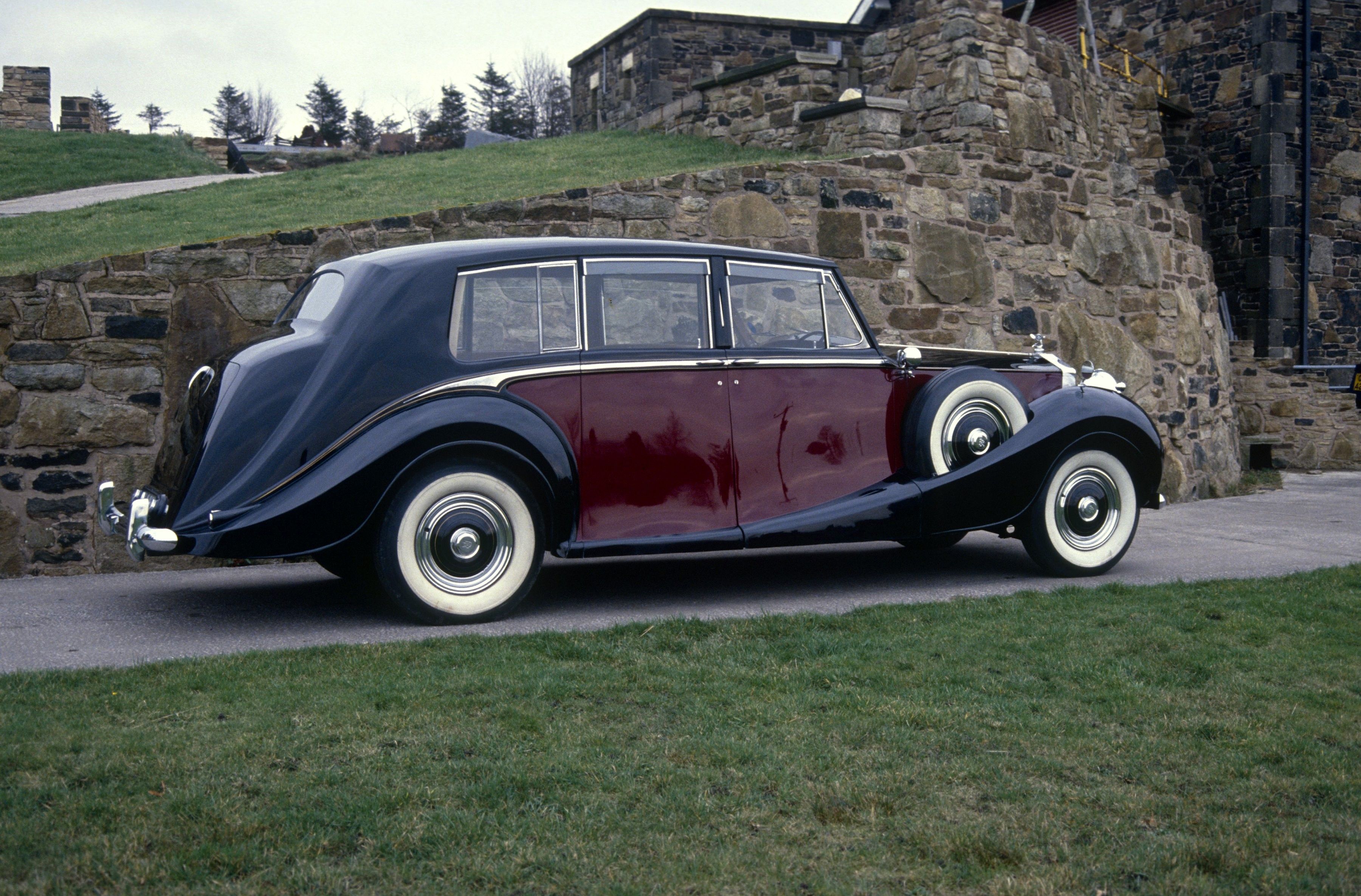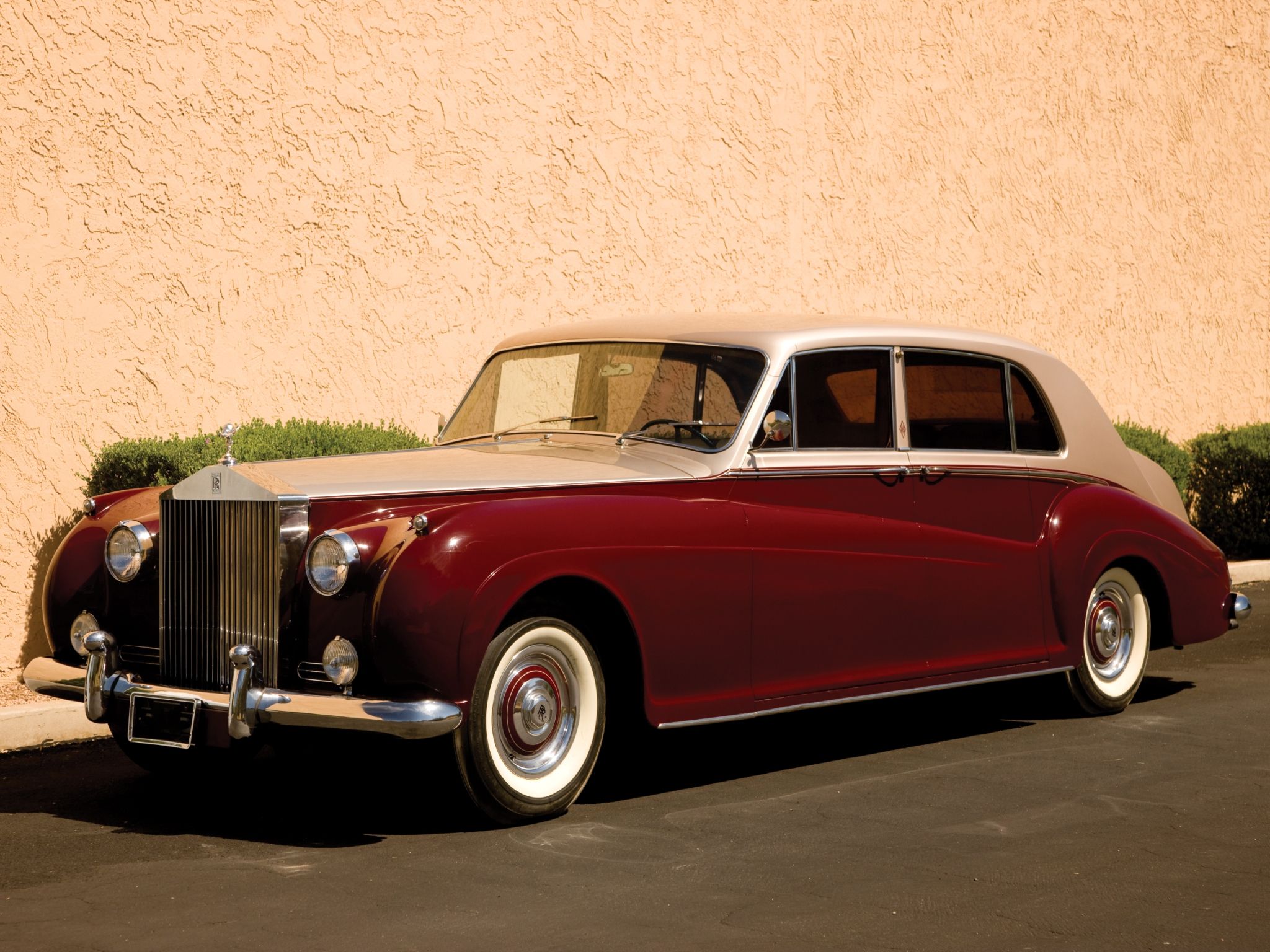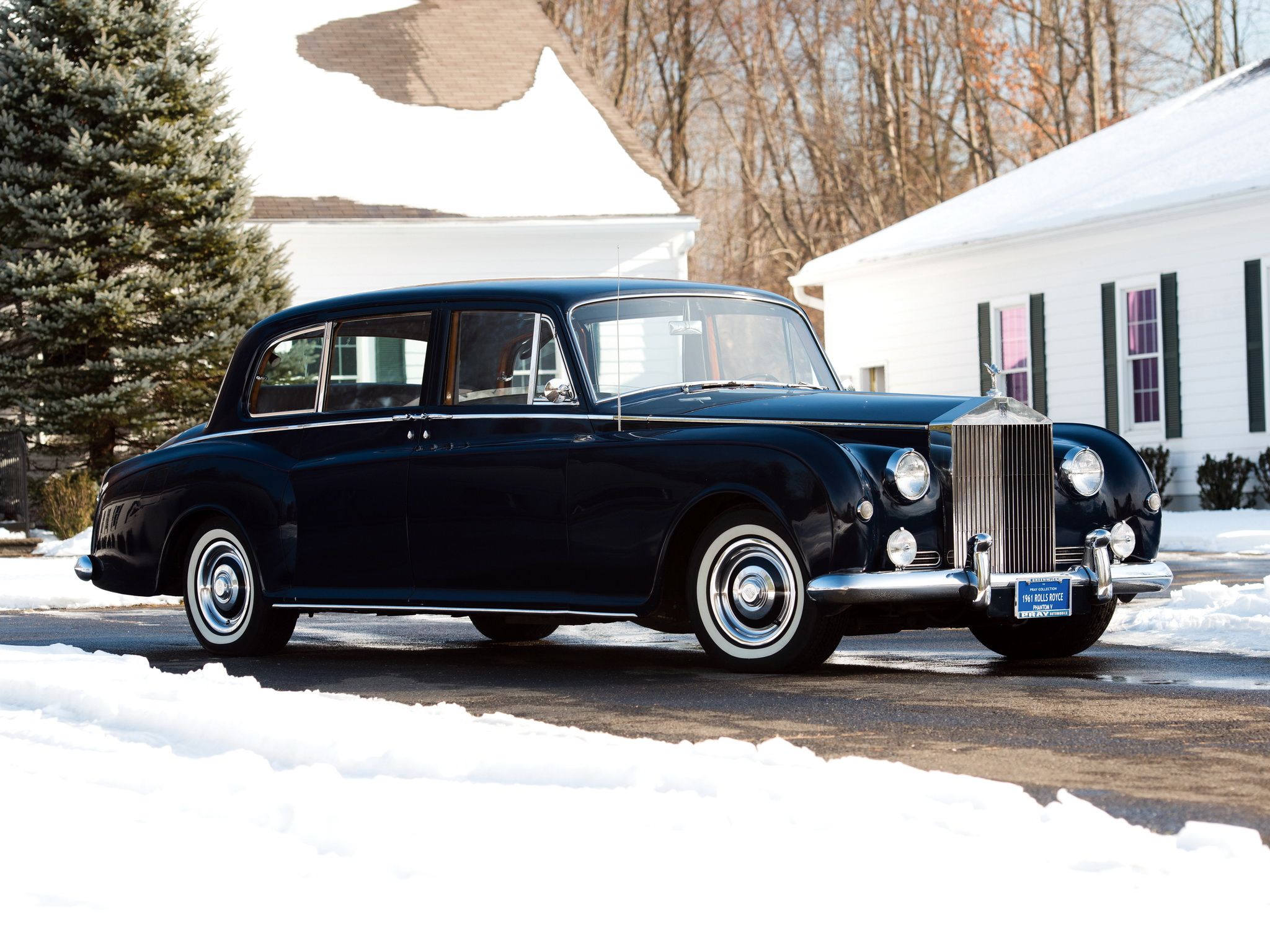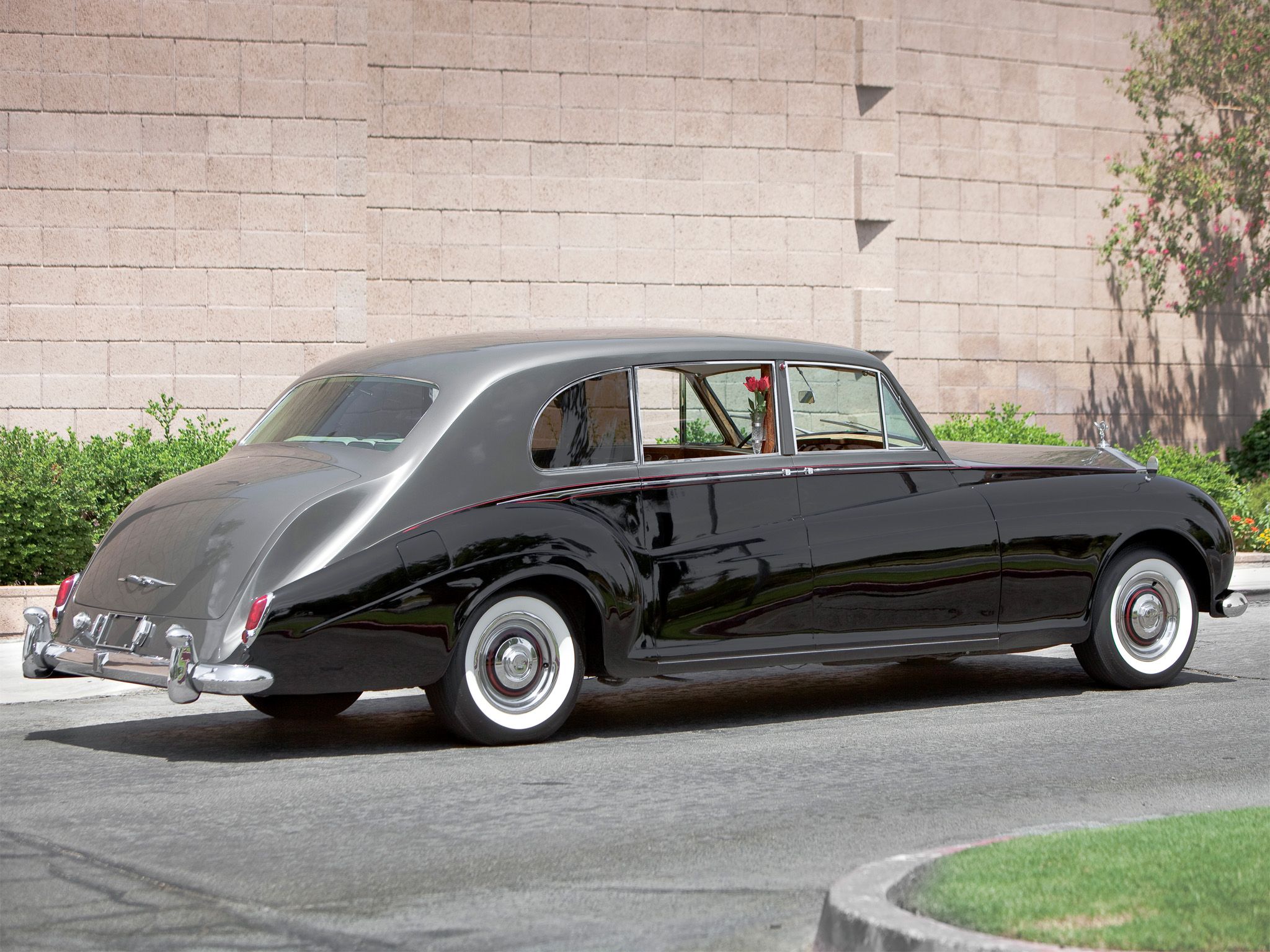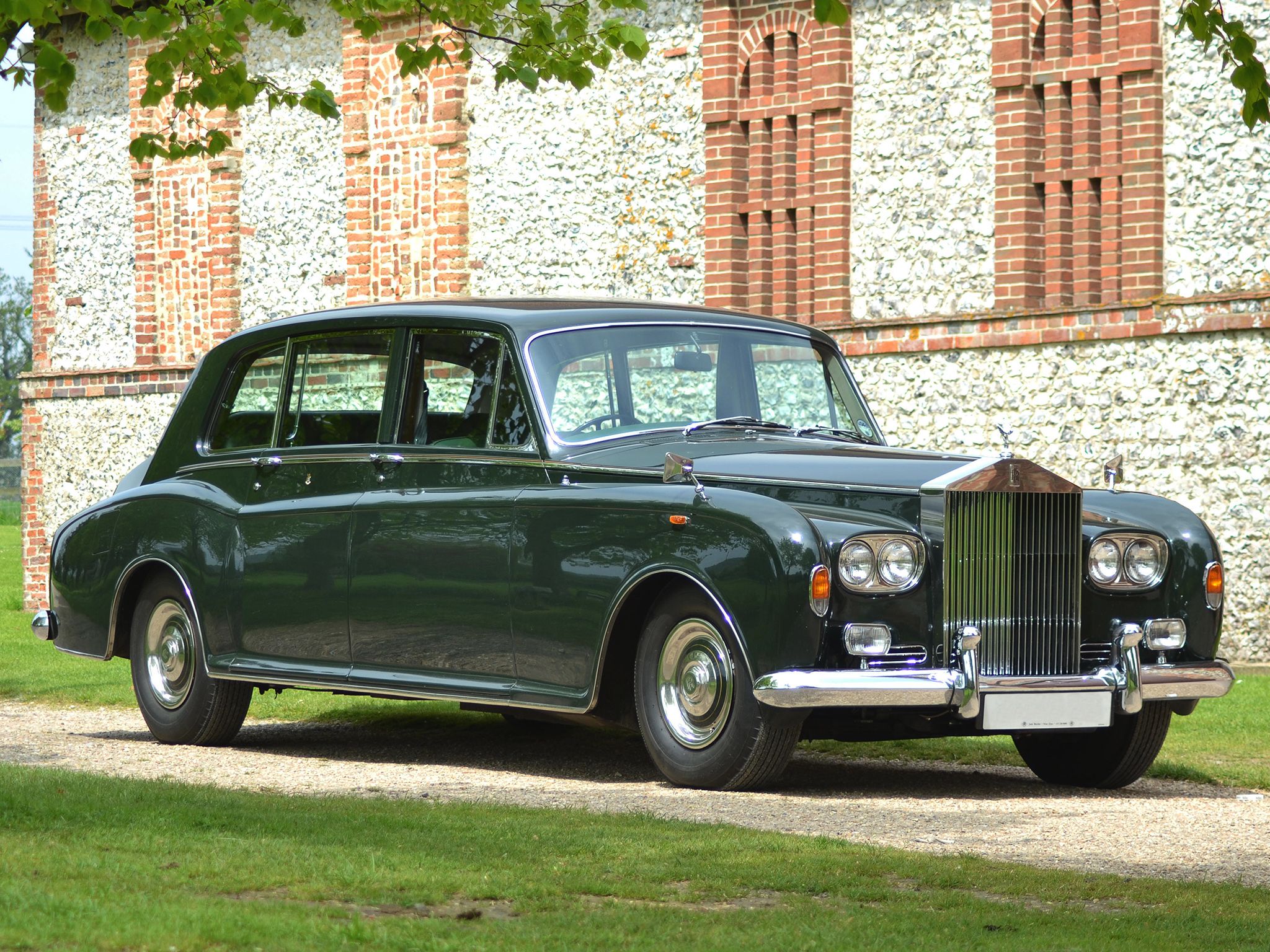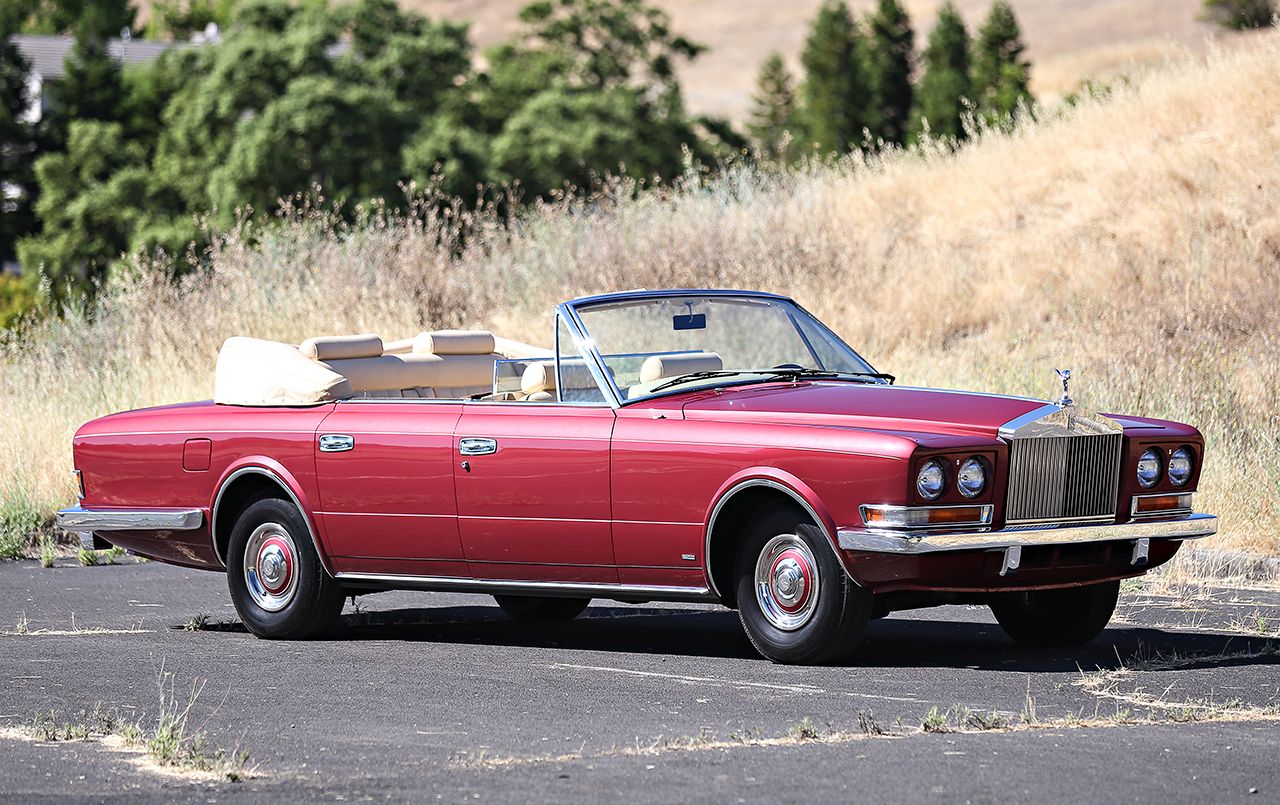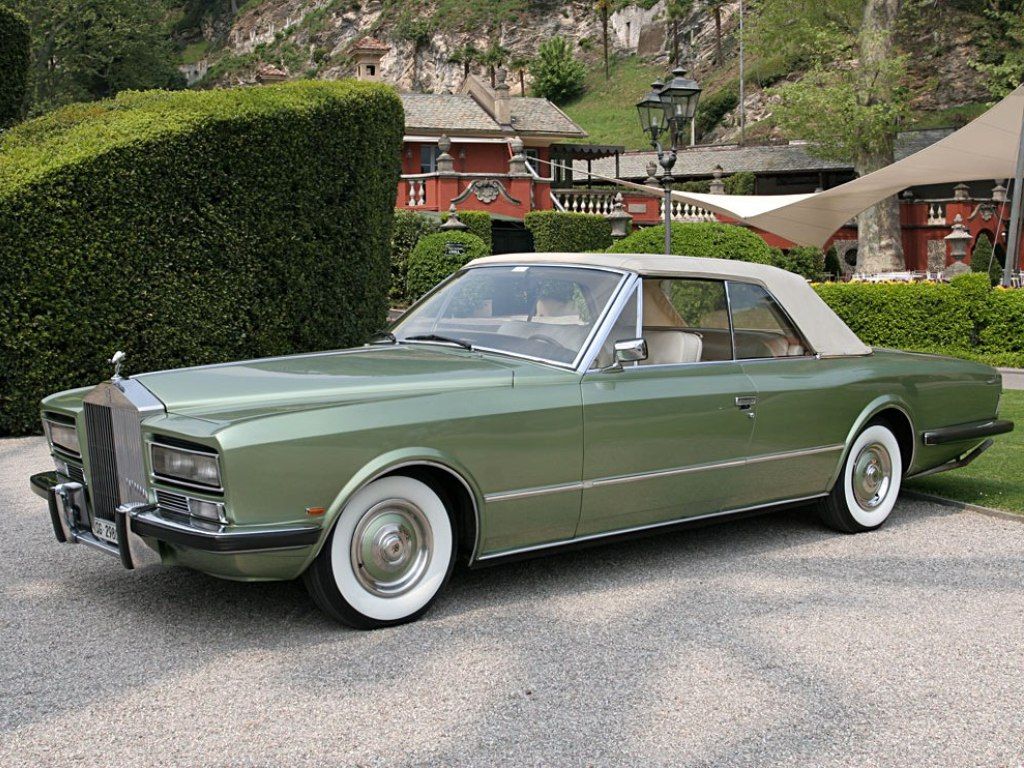Sir Henry Royce, co-founder of Rolls-Royce, is quoted as saying, “Strive for perfection in everything you do. Take the best that exists and make it better. When it doesn’t exist, design it.” Those are some pretty heavy words, but it’s the right credo for an automaker like Rolls-Royce. With a history of producing some of the most elegant, opulent, and downright desirable luxury vehicles on the planet, perfection isn’t just a goal – it’s an expectation. Such is the case with the Phantom, Rolls-Royce’s highly recognizable flagship model. These are cars that are destined for the stables of royalty, acting as a rolling signature of power, wealth, and prestige.
Lead by the trademark Spirit of Ecstasy on the hood, the Phantom comes equipped with top-shelf extravagance and lavishness, offering high levels of personalization to those select buyers with pockets deep enough to really enjoy it. Currently offered in a variety of different flavors, including the standard Phantom, an Extended Wheelbase model, a Coupe, and a Drophead Coupe, Rolls has announced a new eighth generation slated for release later this week. However, the history of the nameplate is rapidly approaching a full century at this point, so how’d we get here? To find out, we delved into the Phantom’s history, taking a look at the seven generations that have come and gone since the model’s introduction in 1925.
Continue reading for The Gilded History of the Rolls-Royce Phantom.
1925 - 1931 Rolls-Royce Phantom I
Built between 1925 and 1931, a total of 3,512 units of the Phantom I were produced, with 2,269 built in Derby, England, and 1,240 built in the U.S. state of Massachusetts. Created as a replacement for the Silver Ghost (also known as the 40/50), the first-generation Phantom offered varying specs depending on its place of origin. For example, U.S.-built models received a center change three-speed transmission, as opposed to the four-speed gearbox found in U.K. models. Wheelbase length for the LWB variants also varied, with the U.S. model incorporating a 3,721 mm wheelbase, as compared to the U.K.’s 3,823 mm wheelbase. Some U.S. models also placed the fuel level gauge on the dash, rather than on the fuel tank like the U.K. models.
Outside, the Phantom I utilizes an elegant selection of bodywork styles, built to spec for the buyer’s taste from noted designers like Zagato, Barker, Thrupp & Maberly, Mulliner, Park Ward, and Hooper. Meanwhile, U.S.-bound models could be had with bodies by Brewster & Co. Mounted in the nose is an upgraded straight-six engine equipped with pushrod overhead valves, as opposed to the side valves used on the preceding Silver Ghost model. Standout features include two individual cylinder trios mated together, with displacement measured at 7.7 liters. The heads were originally made from iron, but went to an aluminum construction in 1928. The suspension set-up includes semi-elliptical springs in front and cantilever springs in the rear, plus four-wheel brakes, although a select few U.S. models only came with rear brakes.
Read our full review on the Rolls-Royce Phantom I
1929 - 1936 Rolls-Royce Phantom II
Produced between 1929 and 1936, Rolls made 1,680 units total of the second-gen Phantom. Known as the last of the 40/50 models, the Phantom II received a new chassis and a revised engine as a sendoff. Under the hood, Rolls once again outfitted a 7.7–liter inline six-cylinder engine, but updated it with a new crossflow cylinder head. The engine also bolted directly to the four-speed manual, with sychromesh added to the third and fourth gears, as well as the second gear later in the production cycle. Power is sent to the rear by way of an open driveshaft. Meanwhile, the chassis was significantly revised, once again incorporating the same semi-elliptical front springs in front, but outfitting semi-elliptical springs in the rear, rather than the cantilever springs used before. The frame was also lowered, enhancing overall handling. Making it stop is four-wheel servo-assisted brakes.
Offered in a standard 3,800 mm wheelbase (1,281 units produced), Rolls also built a shorter 3,700 mm wheelbase known as the Continental. Sporting a body designed by Ivan Evernden, the Continental got a powerful engine, a stiffer five-leaf spring suspension, and a four-seat interior. While just a prototype at first, Rolls ended up relinquishing to demand, building 281 units as a full production model, including two individual roadster models. Once again, various coachbuilders were on hand to build the body, including Thrupp & Maberly, Carlton, Hooper, Henley, and Park Ward.
Read our full review on the Rolls-Royce Phantom II
1936 - 1939 Rolls-Royce Phantom III
Made between 1936 and 1939, the Phantom III is known as the last pre-war Rolls-Royce model. Only 727 units total were produced. Prior to the Silver Seraph released in the late ‘90s, the III was also the only V-12-powered Phantom ever offered. Furthermore, it was the last car that Henry Royce helped to create, as the co-founder passed away at the age of 70 just a year into development. The 12-cylinder engine utilized a lightweight aluminum construction, with displacement rated 7.32 liters. The powerplant once again utilized pushrod-activated overhead valves and a single cam mounted inside the engine’s “vee” configuration. Interestingly, the 12-cylinder also got a unique twin ignition system, with two distributors, two coils, and no less than 24 spark plugs. Providing the go-juice is a twin SU electric fuel pump. Top speed is rated at an impressive 87 mph, with the 0-to-60 sprint done in 16.8 seconds. Fuel mileage comes in at 8.4 mpg.
Outside are standard wire wheels, although some models came with Ace wheel discs as an aesthetic improvement that took less time to properly clean. Underneath is a coil spring independent suspension for the front axle, while the rear continues the semi-elliptical springs used on the model prior. Swapping cogs is a four-speed manual gearbox with synchromesh on the second, third, and fourth gears, plus an overdrive added in 1938. Four-wheel servo brakes haul it down. Various coachbuilders provided the body, with styles including limos, coupes, sedans, and convertibles. Some III’s were even outfitted as hearses and shooting brake models.
1950 - 1956 Rolls-Royce Phantom IV
After the war, Rolls offered up the Phantom IV model, with production lasting between 1950 and 1956. The IV is known as the most exclusive Rolls-Royce model ever created, with just 18 units produced in total, most of which went to heads of state and royalty to be used as parade vehicles. As such, the IV is still a rather large car, breaking from Rolls’ intentions to downsize following the war. The wheelbase measures in at 3,683 mm. Power is derived from a straight eight-cylinder hailing from the B range of engines, with both a 5.7-liter and a 6.5-liter configuration used. Sending power to the back is a four-speed manual transmission, with an automatic fitted as standard from 1954 onwards.
Outside, the bodies offered once again came from independent coachbuilders, and incorporate a kneeling vision of the Spirit of Ecstasy on the hood. The first IV was created at the behest of Princess Elizabeth and the Duke of Edinburgh, and was finished in green with blue undertones and red striping. Three more were also created for the Government of Spain.
1959 - 1968 Rolls-Royce Phantom V
Produced between 1959 and 1968, a total of 516 units of the fifth-generation Phantom were created. The V was based on the Silver Cloud II, and came equipped with a 6.2-liter V-8 engine topped by SU carbs, as well as a Hydramatic automatic transmission from General Motors. Taking responsibility for the bodies were names like Park Ward, James Young, and H.J. Mulliner, while the wheelbase measures in at 3,683 mm. Helping it turn is a power-assist steering system as standard, while drum brakes are in the corners to help it stop. In 1963, Rolls updated the V with a more powerful engine from the Silver Cloud III, as well as new front wings and headlights for the exterior.
Notable Phantom V owners include Queen Elizabeth and Queen Elizabeth II, not to mention the Governor of Hong Kong, the Shah of Iran, the King of Norway, the President of Yugoslav, and Beatle’s musician John Lennon, among others.
1968 - 1990 Rolls-Royce Phantom VI
Rolls-Royce offered the Phantom VI between 1968 and 1990, but despite the long production run, just 374 units total were created. The sixth-generation took its engine from the Rolls-Royce Silver Shadow, which came fitted with a 6.2-liter V-8 topped by twin SU carbs. Sending power to the rear axle is a four-speed gearbox. In 1979, the engine was enlarged to 6.75 liters, although it remained in the V-8 configuration. The engine was also mated to a three-speed automatic gearbox.
Outside, the Phantom VI got a new look, with coachwork provided by primarily Mulliner Park Ward. Body styles include both limos and landaulettes. The VI is known as the final Rolls-Royce to use a separate chassis. In terms of suspension, the VI gets coil springs up front and a live axle with leaf springs in back. Four-wheel drums brakes once again stop it. Keeping the passengers cool in later models are separate air conditioning units for the front and rear. Unfortunately, the VI never made it stateside due to regulatory concerns over the environmental impact and safety standards.
2003 - 2016 Rolls-Royce Phantom VII
Produced between 2003 and 2016, the seventh Phantom was the first new model introduced under BMW ownership, coming with a significantly modernized exterior in a variety of body styles, including a four-door sedan, a two-door coupe, and a two-door drophead coupe. Outside is an aluminum body offered in as much as 44,000 different paint colors. The VII was boasts a mostly hand built construction, although a few robots are utilized for more laborious tasks like paint application. Regardless, buyers get a huge amount of customization to make theirs unique including a large variety of leather colors for the high-tech modernized interior. Standout features like the traditional suicide doors are retained, while umbrella holders were added to the rear doors. Up front, the iconic Spirit of Ecstasy hood ornament gets a retractable up and down feature.
Making the VII go is a 6.75-liter V-12 making 454 horsepower and 531 pound-feet of torque. The VII’s transmission is a six-speed automatic unit, which was replaced by an eight-speed automatic in 2012. Both gearboxes come from ZF. Acceleration from 0 to 62 mph clocks in at 5.9 seconds. Helping it handle is a double wishbone suspension. All told, the VII is the platform for an incredible number of special edition models, including models with an extended wheelbase, models with unique interior and exterior treatments, and limited-run themes. The VII was updated for the 2013 model year, gaining LED lighting, an updated radiator grille, new wheel designs, a restyled rear bumper, a new interior dash, and the previously mentioned eight-speed gearbox.
Read our full review on the Rolls-Royce Phantom VII
2018 Rolls-Royce Phantom VIII
The Phantom VII is on its way out, but the next-gen is well on its way, scheduled for a reveal in just a few days’ time. Details are still forthcoming, but thanks to the teaser pics, there are a few conclusions we can draw as of this writing.
For starters, the new Phantom will get updated styling, including a front fascia with gets thinner lights, most likely outfitted with LEDs, but possible even with laser power. There’s also a bigger polished grille surrounded by the traditional chrome trim, while reshaped intakes in the lower bumper draw in fresh atmosphere. The profile will still get the usual suicide doors.
All told, the new Phantom is a legitimate new-gen redesign for Rolls. Under the skin will be a new aluminum-intensive platform dubbed the “Architecture of Pure Luxury,” which are the same bones slated for the upcoming Project Cullinan SUV. That means the new Phantom should be a good deal lighter than its predecessor. Under the hood, a V-12 powerplant is expected, plus the possibility for AWD and maybe even electrification sometime in the future.
Look for exact specs to drop at the Frankfurt Auto Show, but for now, read our speculative review on the 2018 Rolls-Royce Phantom VIII.

